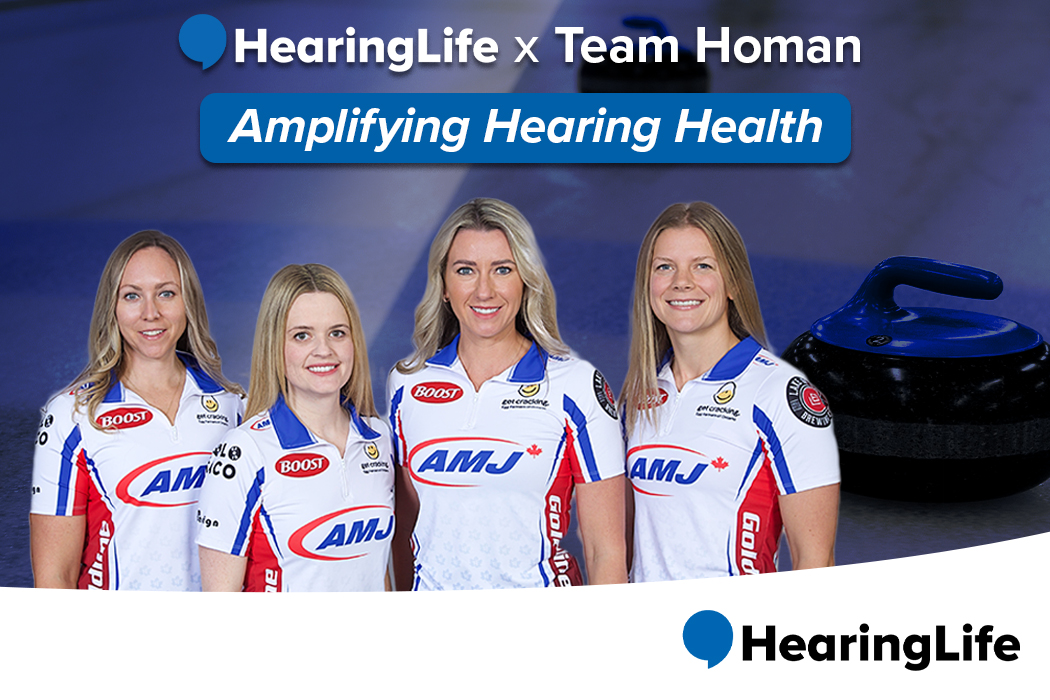Protecting Your Hearing: The Importance of Earplugs and Understanding Sound Levels
Our hearing is one of our most precious senses, yet it's often taken for granted until it's too late. Whether you're at a concert, working with power tools, or simply commuting through the city, loud noises are an inevitable part of life. However, exposure to high decibel (dB) levels can lead to permanent hearing damage. Fortunately, earplugs, especially custom earplugs, offer an effective solution to protect your ears.
How Loud Is Too Loud?
Understanding sound levels is important in determining when hearing protection is necessary. Here's a breakdown of common sounds and their associated dB levels:
- 60–70 dB: Normal conversation (safe for extended exposure)
- 85 dB: Heavy traffic or a lawnmower (prolonged exposure may cause hearing damage)
- 100 dB: Chainsaw or jackhammer (hearing protection recommended)
- 120 dB: Rock concert or thunderclap (immediate risk of hearing damage)
- 140 dB: Jet engine at takeoff (pain threshold)
Sounds at or above 85 dB can damage hearing over time, especially with prolonged exposure. The risk increases with both the loudness of the sound and the duration of exposure. For instance, exposure to 100 dB for just 15 minutes can be harmful, while 85 dB is considered the threshold for potential hearing damage with extended exposure.
How Earplugs Help
Earplugs are designed to reduce the intensity of sound entering the ear, thereby protecting the delicate structures inside. They come in various forms, including foam, silicone, and custom-molded options.
- Foam Earplugs: Affordable and widely available, foam earplugs expand to fit the ear canal, offering a good seal and noise reduction.
- Silicone Earplugs: Reusable and comfortable, silicone earplugs are ideal for activities like swimming or sleeping.
- Custom-Molded Earplugs: Tailored to fit the unique shape of your ear, custom earplugs provide superior comfort and noise attenuation, making them ideal for musicians, industrial workers, or frequent concertgoers.
The effectiveness of earplugs is measured by their Noise Reduction Rating (NRR), which indicates the amount of sound they can block. For example, earplugs with a 30 dB NRR can reduce exposure from 100 dB to 70 dB when worn properly, bringing it down to a safe level for extended periods..
Tips for Protecting Your Hearing
- Use Earplugs in Loud Environments: Whenever you're exposed to sounds above 85 dB, such as at concerts, construction sites, or while using power tools, wear appropriate ear protection.
- Follow the 60/60 Rule: When using headphones or earbuds, listen at no more than 60% of the maximum volume for no more than 60 minutes at a time.
- Take Listening Breaks: Give your ears time to rest by taking breaks from loud environments.
- Monitor Noise Levels: Use smartphone apps to measure decibel levels and protect yourself from prolonged exposure above 85 dB.
If you want more information on protecting your hearing, check out some of the recommended tips for ear protection.
Choosing the Right Earplugs
- Selecting the appropriate earplugs depends on your specific needs and activities:
For Musicians: Custom-molded earplugs with flat attenuation filters preserve sound quality while reducing volume. - For Industrial Workers: High NRR earplugs or earmuffs are essential in noisy work environments.
- For Travelers: Noise-canceling earplugs can help reduce ambient noise during flights or commutes.
- For Sleepers: Soft foam or silicone earplugs can block out snoring or city noise, aiding in better sleep quality.
Investing in quality earplugs is a proactive step towards preserving your hearing health. If you're unsure about which type of earplugs are best for you, consult with a hearing care professional who can provide personalized recommendations.
By understanding safe sound levels and choosing the right ear protection, you can enjoy your favorite activities without compromising your hearing health. For more details on hearing protection and how to take care of your ears, visit our hearing loss prevention page.




